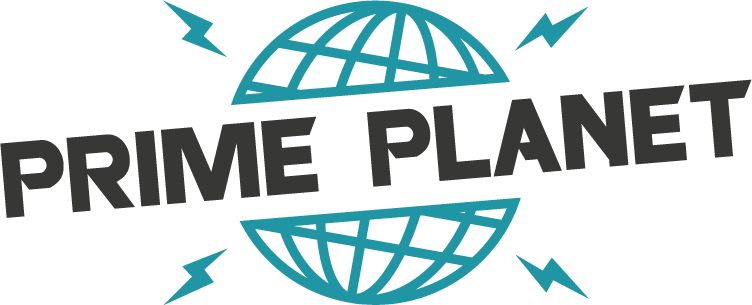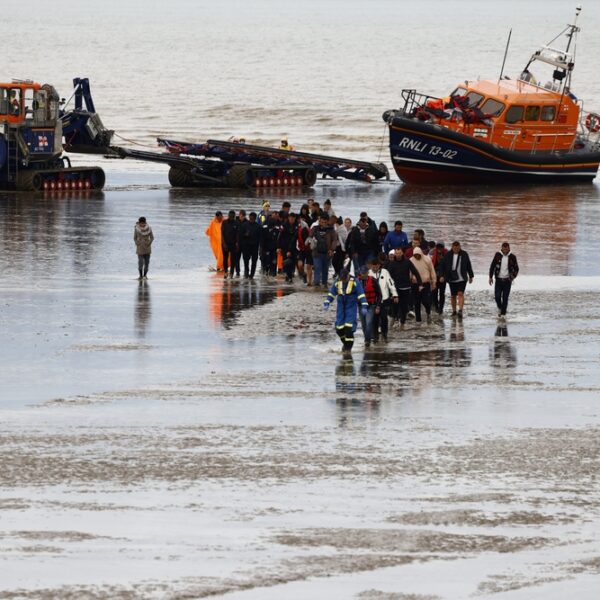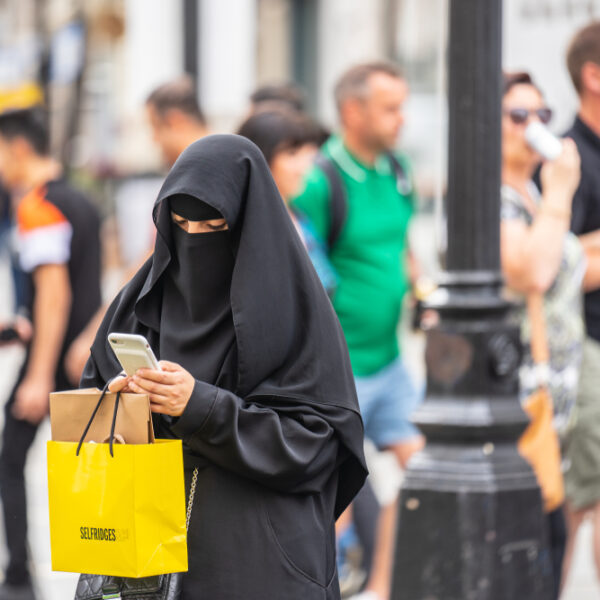Hostages and prisoners freed as Gaza ceasefire holds
Egyptian President Abdel Fattah el-Sisi told a summit of world leaders on Monday that U.S. President Donald Trump’s Middle East proposal represents the region’s “last chance” for peace.
Speaking in Sharm el-Sheikh, el-Sisi reiterated his long-standing call for a two-state solution, emphasizing that Palestinians are entitled to an independent state.
The summit – co-chaired by Trump and el-Sisi – aimed to consolidate support for the newly reached Gaza ceasefire, end the two-year Israel-Hamas war, and lay the groundwork for rebuilding and governing the devastated territory.
More than 20 heads of state and government attended, including representatives from Europe, the Gulf, and Asia, in a bid to coordinate international efforts toward stability in the region and the rebuilding of Gaza.
Officials said the event was designed to rally international backing behind Trump’s 20-point vision for peace and stability in the region. Addressing the assembled leaders, el-Sisi praised Trump’s initiative, telling him that “only you can bring peace to the region.”
Trump’s plan, which envisions eventual Palestinian statehood following a transitional period of governance reform in Gaza under the Palestinian Authority, drew mixed reactions. While the proposal hints at a path to sovereignty for Palestinians, Israeli Prime Minister Benjamin Netanyahu has continued to oppose the creation of an independent Palestinian state. Notably, Trump made no direct reference to a two-state solution during his speech.
In his own address, Trump called for a “new era of harmony” in the Middle East, urging nations to move beyond “the fights of generations past.” He said the region now had a “once-in-a-lifetime opportunity” to end decades of bloodshed and division.
The mediators from the U.S., Egypt, Qatar, and Turkey had pressured both Israel and Hamas to finalize the first phase of the ceasefire agreement that mediators in Doha brokered earlier in October. The ceasefire formally began on Friday, followed by the signing of a joint document in Sharm el-Sheikh. The text was not released to the public or the media.
Trump unveiled his 20-point peace proposal at the White House on September 29, alongside Netanyahu, who publicly accepted the terms. Hamas responded on October 3, agreeing to release all remaining hostages, hand Gaza’s governance to an interim administration of Palestinian technocrats, and support the exchange of prisoners — but it did not explicitly commit to disarmament.
By October 8, both Israel and Hamas had accepted the first phase of the deal, which included the prisoner and hostage swaps, a full ceasefire, and a partial Israeli withdrawal. Under U.S. mediation, the ceasefire officially began on October 10.
As part of the agreement, Israel released nearly 2,000 Palestinians in its custody. Roughly 1,700 were detainees from Gaza seized during the war and held without charge, according to Reuters. Israeli forces had carried out widespread arrests in hospitals, shelters, and at checkpoints throughout the conflict.
Another 250 prisoners serving sentences – some convicted decades ago for deadly attacks against Israelis, others for lesser offenses – were also released. Of these, 154 were exiled to Egypt, where officials said they would later be relocated to third countries. The mass release was the counterpart to Hamas’s freeing of 20 surviving Israeli hostages and the return of several bodies of captives who had died in Gaza.
Despite the breakthrough, key questions remain unresolved. Hamas has yet to commit to disarming, and it remains unclear who will govern Gaza in the long term. International observers warn that without clear mechanisms for governance, reconstruction, and security, the fragile truce could collapse.
Gaza’s humanitarian crisis is also severe: after two years of war, much of the territory lies in ruins, with vast displacement, destroyed infrastructure, and critical shortages of water, electricity, and medical supplies. The international community faces the enormous task of coordinating aid and rebuilding while preventing renewed conflict.
Unless linked, headlines are front pages on 14/10/2025
‘Now the rebuilding begins,’ says Trump as he signs Gaza peace plan
Trump’s plan has delivered a spectacular day – but has postponed harder decisions which now loom into view
‘Trump the Great’ steals thunder on Israel’s day of healing
Trump hails ‘dawn of a new Middle East’ as he receives standing ovation in Israel’s parliament after freeing hostages from Hamas captivity in historic Gaza peace deal
Truce brings joy as Israelis and Palestinians are freed
The Guardian
Two years of torment over as hostages reunited with families:
Hamas returns 20 captives while Israel frees 2,000 Palestinian prisoners
The Times
‘The long painful nightmare is over’ – Hostages back with their families after President Trump secures peace in Gaza
Daily Express
